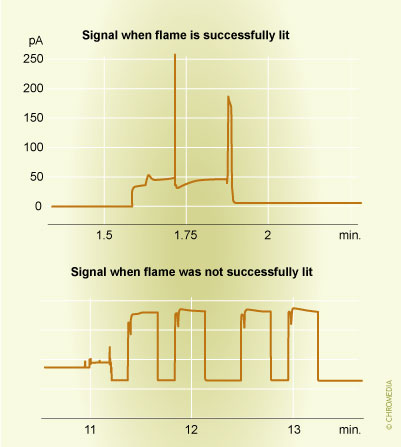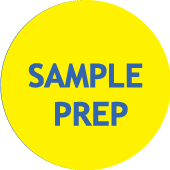Abstract “Why won’t my FID light or stay lit?”
This problem is much more common when using newer instruments that have an EPC (electronic pressure control) device because these utilize “smart software,” which tries to alert you of potential system problems.
LevelBasic
The instrument determines that it has succeeded in lighting the flame when the FID signal (pA) stays above the offset value (usually 2-3pA). If unexpected signal variations occur that could indicate a leak or other FID related problems, the instrument will shut itself down and alert you of the problem. In such cases, the flame may initially light, however the instrument will shut off the detector after the problem is detected.
Troubleshooting
To simplify the troubleshooting process, please answer the following question: Does the FID initially light and then goes out? If the FID initially lights, a distinctive popping sound will be heard every time the instrument attempts to light the flame. When it is lit, the baseline will usually exhibit a large sharp spike (over 100 pA) that accompanies the popping (Figure 1). If the FID does not light, then it may be the result of another set of problems. Another way to determine if a FID is lit without depending on output signals will be holding cool glass (like the bottom of a beaker or edge of a mirror) over the outlet of the FID. Water will condense on the glass if the FID is lit.
Top: successful; bottom: lighting failed.
Top: the baseline will usually exhibit a large sharp spike. Bottom: the instrument will shut off the detector.
 Did you ever try to explain separation to your employees or students? Well, try no more: Lee Polite did it for you in a way which is hard to beat. We will open up one example of his whiteboard class.
Did you ever try to explain separation to your employees or students? Well, try no more: Lee Polite did it for you in a way which is hard to beat. We will open up one example of his whiteboard class. 




